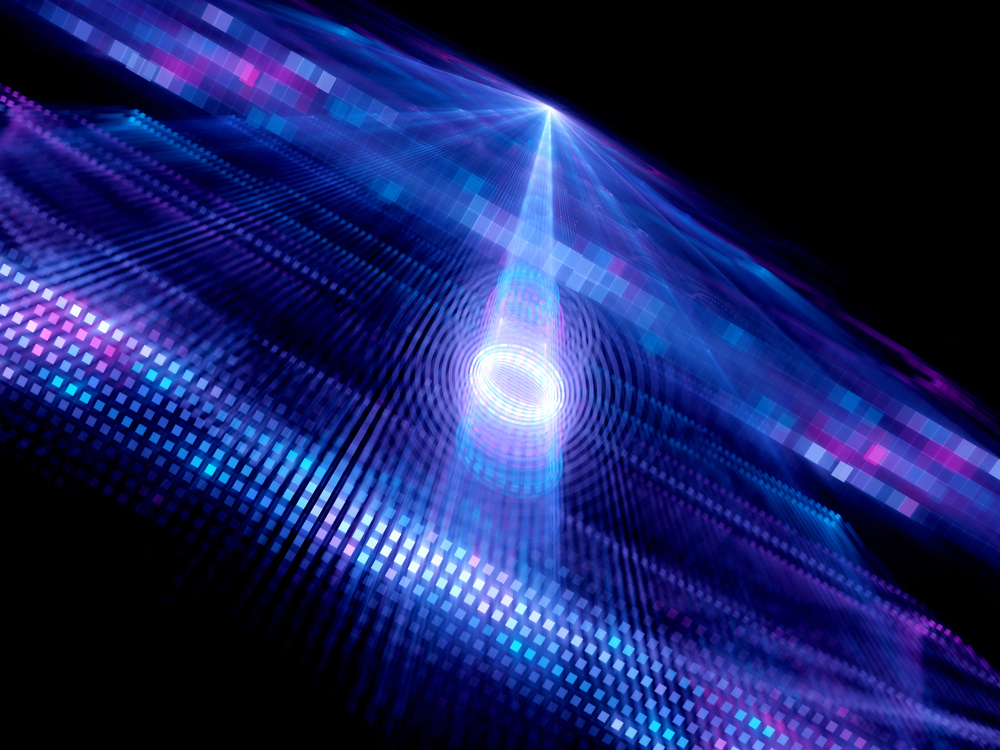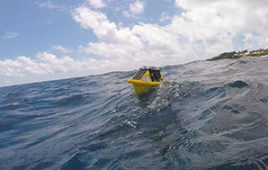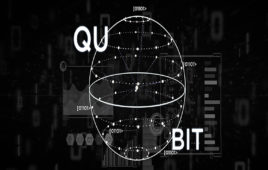
A City College of New York led-team headed by physicist Dr. Carlos Meriles has successfully demonstrated charge transport between Nitrogen-Vacancy color centers in diamond. The team developed a novel multi-color scanning microscopy technique to visualize the charge transport. The breakthrough experiment could potentially lead to room-temperature quantum information processing in diamond and optical data storage in three dimensions.
The nitrogen-vacancy (NV) center is an optically active defect in diamond comprising a nitrogen atom and an adjacent vacancy, replacing carbon atoms in the diamond lattice. This defect has electrons that are capable of storing quantum information. To utilize this special property for quantum computation, it is required to create a network of interacting NV centers. The research so far has focused on using photons emitted by the NV centers to create this interaction under a special low temperature environment.
In a complementary approach the research team at City College in collaboration with researchers at the Australian National University (ANU) in Canberra are envisioning an electron-transport-based interaction that is realizable in ambient conditions. In one of the key experiments reported a focused green laser beam was used to remove the electrons from the NV centers, which later diffused radially in the diamond. A red laser scan was used to image NV centers that trapped these diffused charges as far as 30 microns. The team exploited the difference in luminescence intensities of the NV centers with and without the electron to create a map of the trapped carriers.
“These are very promising initial results” said lead author Dr. Harishankar Jayakumar, a postdoctoral fellow at the Meriles group. Other key contributors are CCNY team members Dr. Siddharth Dhomkar, and graduate student Jacob Henshaw, as well as Dr. Marcus Doherty and Prof. Neil Manson at ANU.




